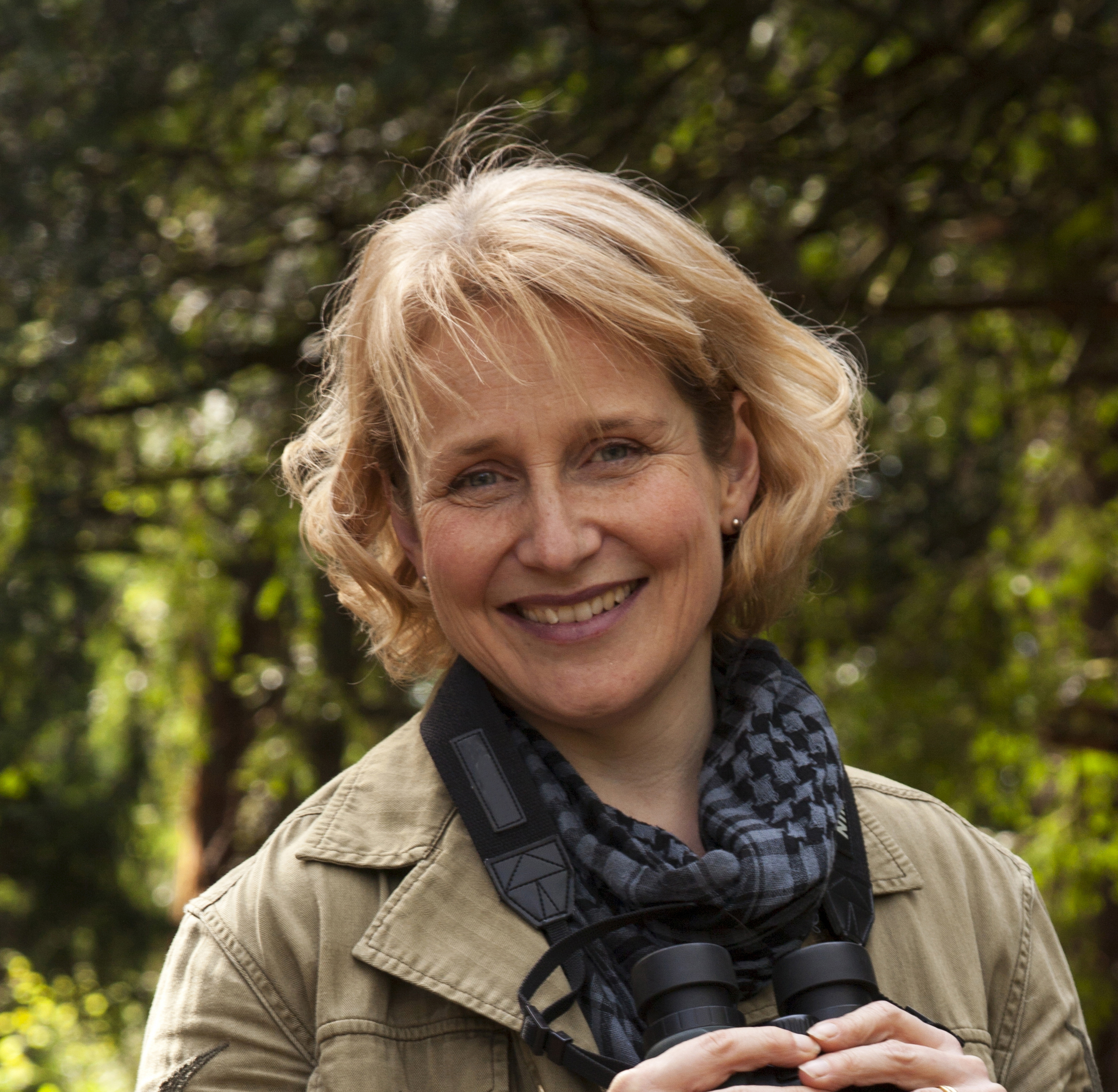The daffodils that erupt in most gardens, parks and roadsides any time from January to April are mostly cultivated varieties – bold, bright and unmissable, though opinions vary widely on their merits. For some they are joyous heralds of spring, for others a brash insult to the natural seasonal flora that they overshadow.
But carpets of native daffodils – as lauded by William Wordsworth – were once a common sight across much of Britain. These days their distribution is patchy, their decline largely the result of changing land management and agricultural intensification.
If in doubt as to the provenance of the daffs you see, look at their size, colour, leaf shape and location. Wild forms are seldom taller than 35cm; their petals are pale primrose yellow with a slightly darker trumpet, and the leaves are narrow and greyish green.
They favour the damp ground of waterside or woodland locations. To admire them en masse, head for the ‘Golden Triangle’ of Dymock, Kempley and Oxenhall in Gloucestershire, the Cumbrian Lake District or Farndale on the North York Moors.
